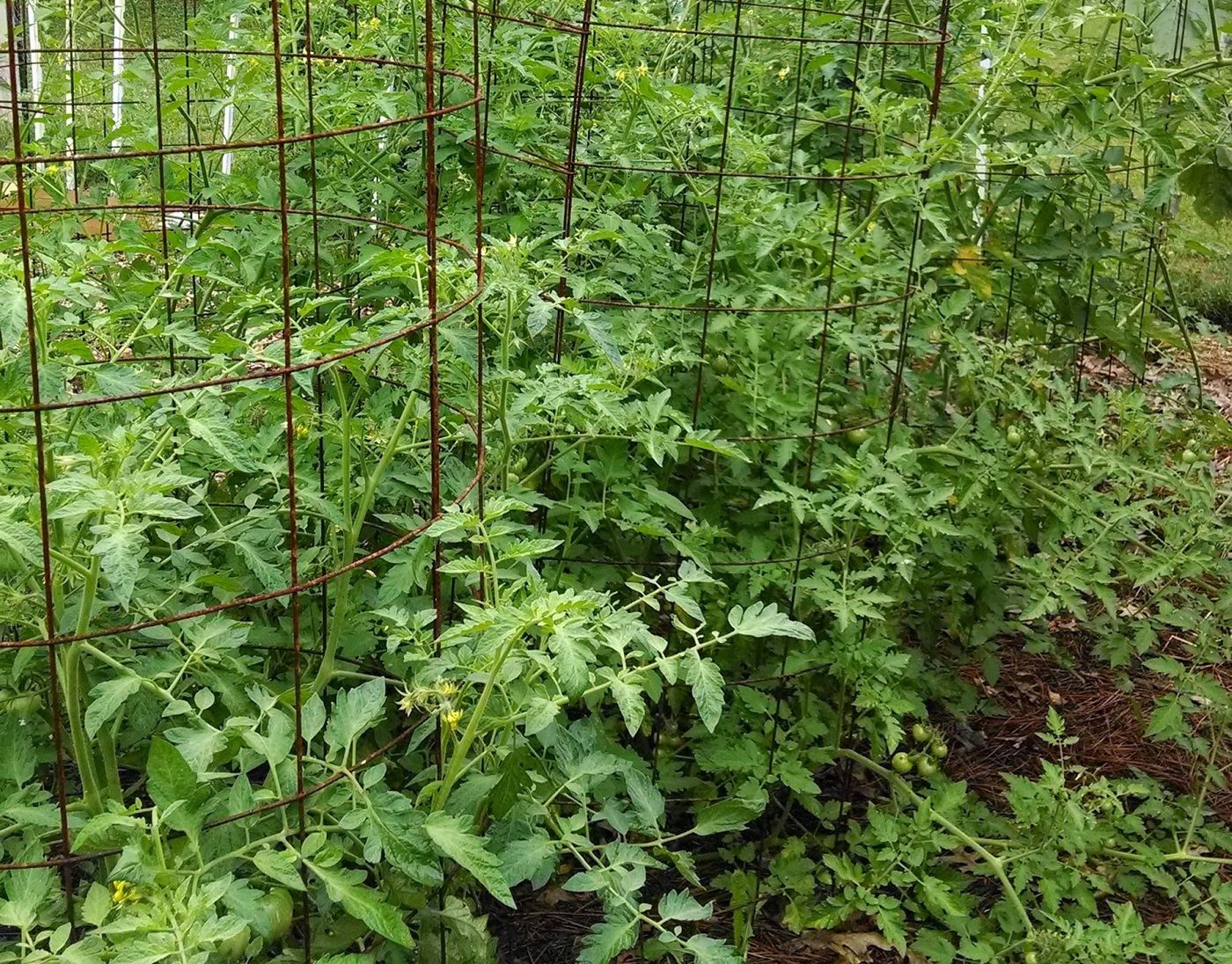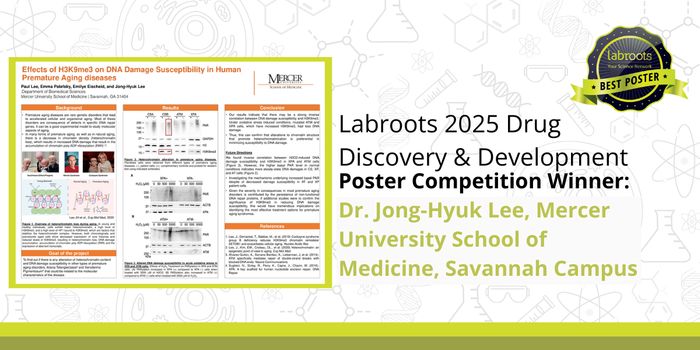Plant Breeding has become the way of the future to create new varieties of hardier and more plentiful plants for obtaining food crops. Scientists at Cold Spring Harbor Laboratory have enlisted gene editing techniques to quickly adjust native genes in two common tomato plant species, creating plants that flower and produce fruit faster than current plants. The study is published in Nature Genetics.
"Our work is a compelling demonstration of the power of gene editing - CRISPR technology - to rapidly improve yield traits in crop breeding," says CSHL Associate Professor Zachary Lippman, who led the research, "It's really about creating a genetic toolkit that enables growers and breeders in a single generation to tweak the timing of flower production and thus yield, to help adapt our best varieties to grow in parts of the world where they don't currently thrive."
Wild tomato plants are very sensitive to the length of day light they are exposed to. Essentially, the longer the day, the longer it takes for the plants to flower and produce fruit. Domesticated tomato plants, however, are not sensitive to day light changes and instead rely on time of planting to determine flowering and fruit production. Genetic research points to a gene in the Self Pruning gene family that plays at integral role in regulating flowering time in the plants. The Self Pruning genes work in contrast with the hormone florigen to promote or delay flowering, which in turn affects fruit production.
Zachary Lippman and colleagues discovered that mutations in the Self Pruning gene, SP5G, are responsible for the lack of day light sensitivity seen in domestic tomato plants. They hypothesize that this change took place in the early 16
th century when tomatoes were introduced to more northern exposures from their native South America.
In studying the growth of wild and domestic varieties of Roma and Cherry tomatoes, the team noticed that while the wild tomatoes saw a surge in SP5G gene expression, making them sensitive to the day light length and prolonging flowering, domestic tomatoes were insensitive to day light length but still had some residual SP5G expression.
The group thought that by halting all SP5G expression in the domestic varieties, they could create plants that flowered even earlier and hence produced fruit earlier. Using CRISPR to induce small mutations in the SP5G gene, they created plants that had no expression of SP5G. The new plant variety flowered and produced fruit two weeks earlier than the original plants. Editing a second SP gene caused the plants to grow in a dense, shrub-like way, making the plants hardier and even more early-flowering.
"What we've demonstrated here is fast-forward breeding," Lippman says. "Now we have a simple strategy to completely eliminate daylight sensitivity in elite inbred and hybrid plants that are already being cultivated. This could enable growers to expand their geographical range of cultivation, simply by using CRISPR to rapidly 'adapt' tomato and other crops to more northern latitudes, where summers have very long days and very short growing seasons."
The CSHL scientists believe that applications of this new breeding technique could extend to other foods besides the tomato family, including key food crops like corn, soybeans, and wheat.
Sources:
phys.org,
Nature Genetics









